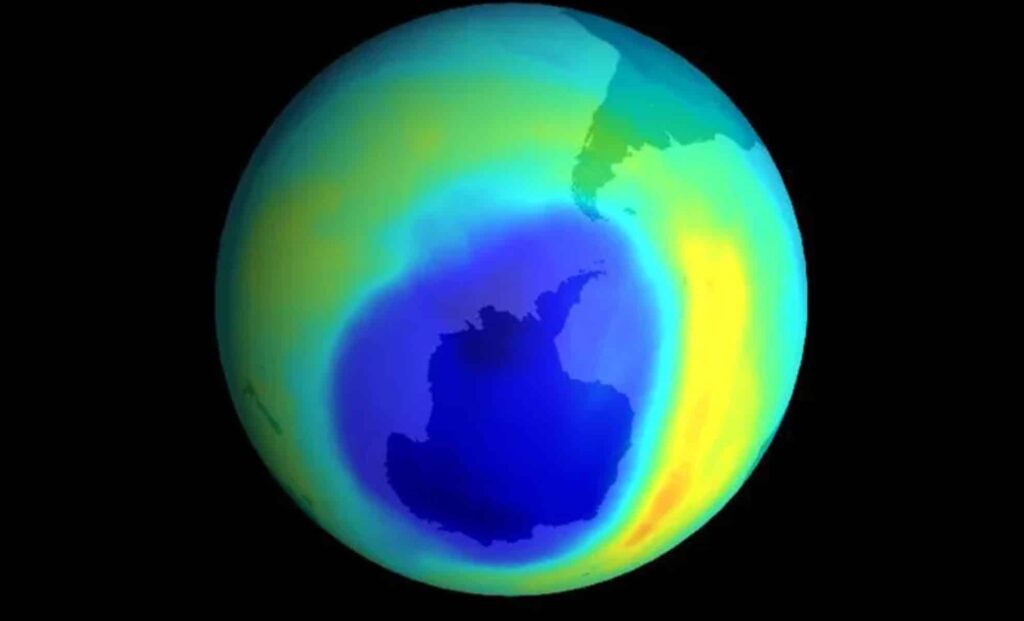The article reflects on the 40th anniversary of the discovery of the ozone hole above Antarctica, first identified in 1985 by scientists from the British Antarctic Survey (BAS). The ozone layer, essential for blocking harmful ultraviolet (UV) rays, protects against health issues like skin cancer and environmental damage. The discovery underscored the importance of rigorous science and international collaboration, leading to the Montreal Protocol in 1987, which successfully phased out ozone-depleting substances like chlorofluorocarbons (CFCs).
The mechanism behind ozone depletion involves certain chemicals releasing chlorine and bromine upon exposure to UV rays. These react with ozone molecules, causing thinning, especially during the cold Antarctic springs when polar stratospheric clouds form. Although efforts like the Montreal Protocol have slowed emissions, recovery of the ozone layer is slower than anticipated, partly due to climate change impacts. Complete recovery is not expected until after 2070 due to the long atmospheric lifespan of some harmful chemicals.
The article emphasizes that the ozone crisis exemplifies the potential of coordinated scientific and diplomatic efforts to combat environmental threats, contrasting this success with slower progress in areas like climate change and biodiversity loss. It serves as a hopeful reminder of the importance of international cooperation and evidence-based action in safeguarding the Earth’s environment.
Source link


